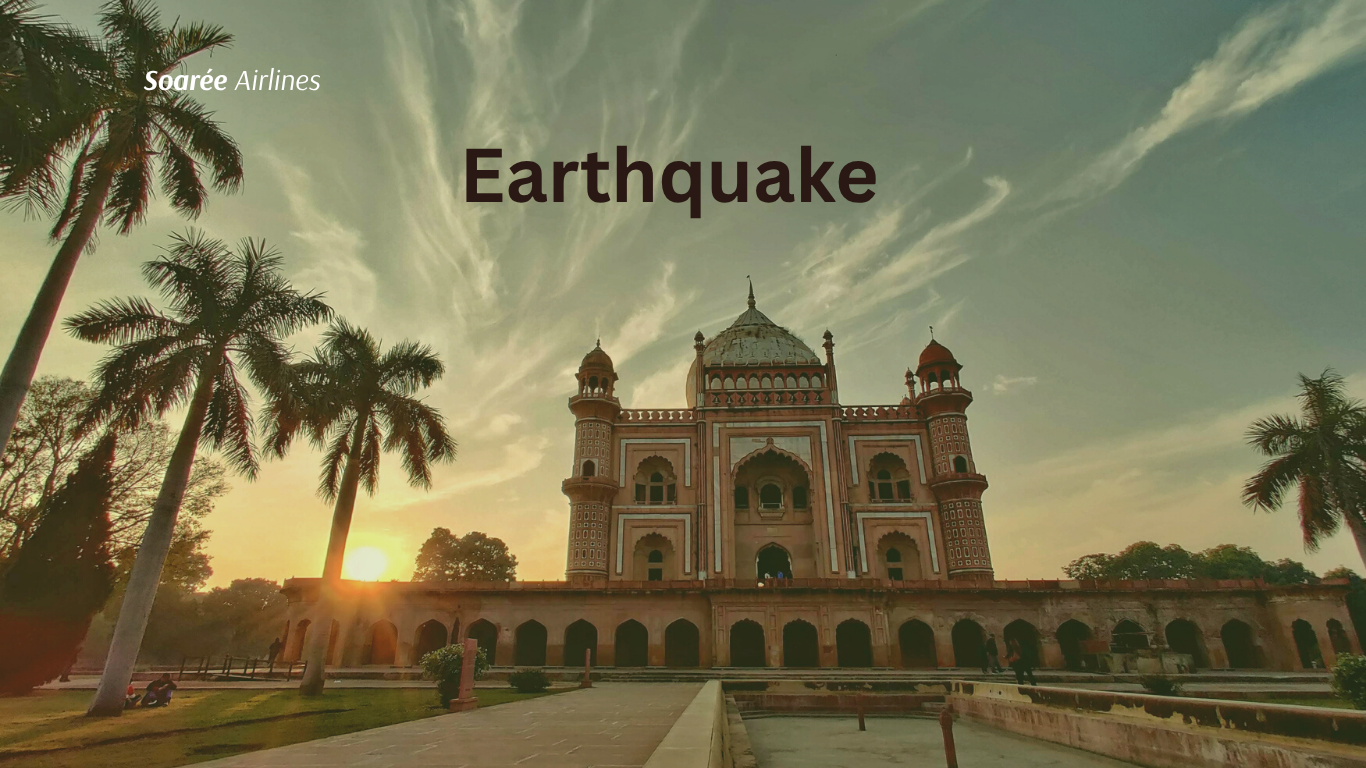Updated on: Jul 10, 2025 12:30AM IST
The People's in Delhi, Noida and Gurgaon were seen rushing out of buildings and homes, however, no initial loss to any life or damage to property has been reported
The People across the Delhi-NCR region felt strong tremors Thursday morning when a magnitude 4.4 earthquake hit near Jhajjar in Haryana at 9:04 am. Residents in Delhi, Noida and Gurgaon quickly evacuated buildings and homes as a precaution. In this earthquake No casualties or property damage have been reported so far.
Was February 17, similar tremors were felt in the region after a 4.0 magnitude earthquake with its epicentre in south Delhi’s Dhaula Kuan was recorded.
From The Delhi NCS reported that the area experienced an additional 446 earthquakes from 1993 to 2025 within a 50 sq km radius of the Dhaula Kuan epicentre, with magnitudes ranging from 1.1 to 4.6, underscoring the region’s significant seismic activity.
Why is Delhi so prone to earthquakes
The Bureau of Indian Standards (BIS) divides the country into four seismic zones, with classifications ranging from zone II (low intensity) to zone V (very severe).
Delhi and the National Capital Region (NCR) fall within zone IV (severe) under this system. This classification means seismic activity occurs with relative frequency in the area, making Thursday’s earthquake a fairly typical occurrence for the region.Three active fault lines run through Delhi: the Sohna, Mathura, and Delhi-Moradabad fault lines.
The neighboring Haryana region contains seven fault lines of its own. Delhi’s proximity to the Himalayan region compounds the seismic risk, as experts point out that this mountain range also carries a high seismic classification, which raises the probability of aftershocks affecting the capital.
Stay updated with the latest news and alerts — follow us at racstar.inracstar.in












